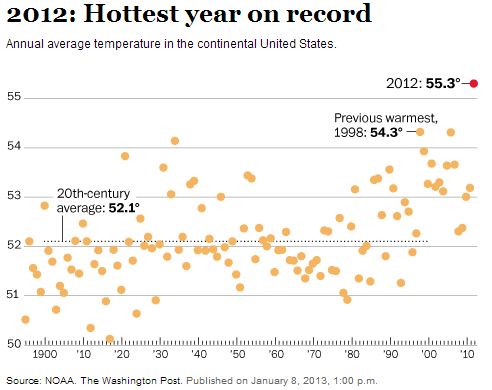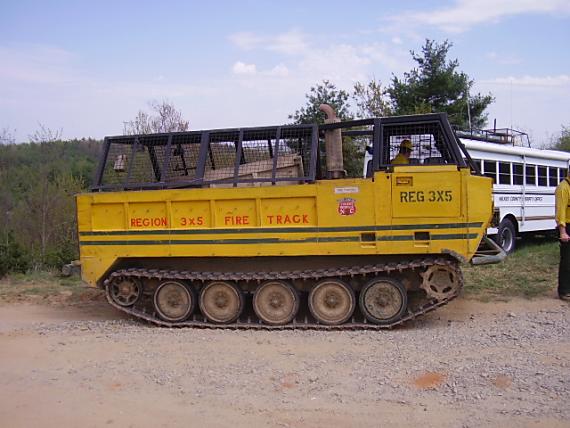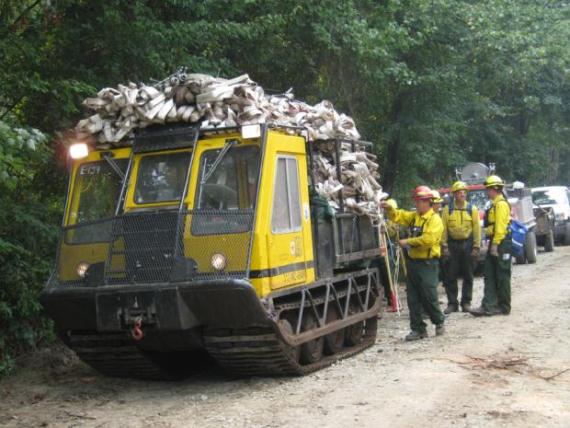Today we are beginning a new series of articles on Wildfire Today in which we ask some current and retired leaders in the wildland fire service to answer 12 questions.
We appreciate everyone who is cooperating with this project. Some of their responses to the first three questions may add to the knowledge base of our new firefighters coming up through the ranks.
In today’s inaugural installment we hear from Dan O’Brien, who retired from the National Park Service as the Intermountain Regional Fire and Aviation Management Officer, working out of Denver.
***
 When you think of an excellent leader in the fire service, who comes to mind first?
When you think of an excellent leader in the fire service, who comes to mind first?
General Sherman… (You did mean in chronological order didn’t you?)
What is one piece of advice you would give to someone before their first assignment as an Incident Commander?
Always weigh the probability of success against the consequences of failure before making decisions.
If someone is planning a prescribed fire, what is one thing that you hope they will pay particular attention to?
If there is a 95% chance of success for each of the following: 1) a correct weather forecast; 2) equipment won’t breakdown; 3) all needed resources will arrive on time; 4) there will be no accidents during the operation; and 5) everyone will clearly understand the strategy and tactics — then there is at least a 25% chance that something will go wrong. Expect the unexpected and complete your contingency plans.
What was the first very large fire you were on?
The Johnson Bar Fire, Nez Perce National Forest, 1960.
What color should fire trucks be?
I’m personally not sure, but I think there should be an interagency committee created in order to best answer that question. No wait, I think that has already been done more than once. Following the air tanker analogy, perhaps with more time and money the answer can finally be found.
What was the first job you ever had?
Mowing neighborhood lawns and a paper route.
What was the first job you had within the fire service?
In the early 1960s there wasn’t much of an official fire service. I worked on a USFS Blister Rust Crew in northern Idaho. We spent over a month each year on large fires and were thought of by most as lowly “Brush Apes” that were overpaid at $1.63/hr. and no time and a half for overtime.
What cell phone do you have for personal use?
An Android smarter than me phone.
What kind of computer do you have at home?
A Gateway desktop.
What gadgets can’t you live without?
With a microwave, credit card, and a cell phone I can exist quite nicely.
What was the first vehicle that you bought?
A 1937 Ford coupe with mechanical brakes.
What was your most memorable vacation?
The year after I retired and I finally got to take a real summer vacation.








